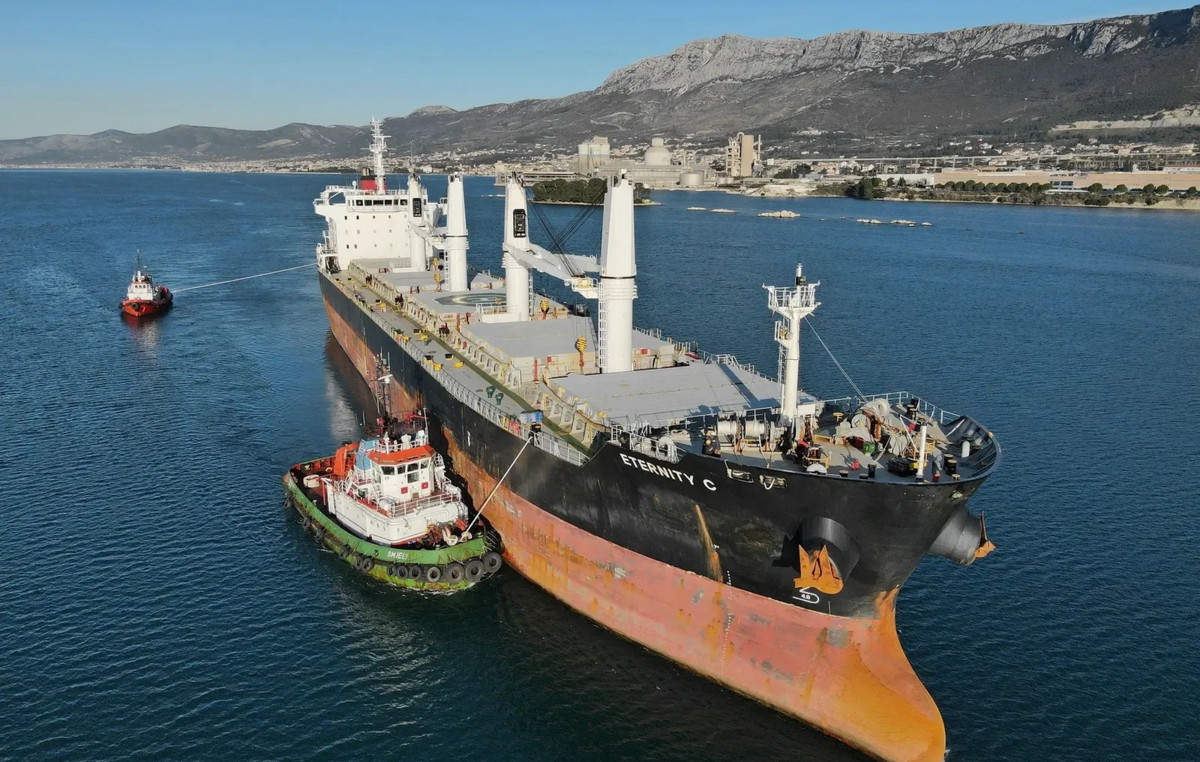Her Eleftherias Kourtali
The prospects and challenges of 2022 for the eurozone countries are being examined by the Fitch rating agency, expecting a continuation of the strong recovery, a significant reduction of the deficits and a downward trend in the debt-to-GDP ratios. At the same time, he estimates that the debate over the change of fiscal rules will be strengthened and there will be tensions with objections, mainly from the north. New coronavirus variants and higher inflation, however, pose the greatest risks to returning to normalcy and consolidating recovery.
More specifically, Fitch Ratings expects an improvement in credit conditions for the countries of Western Europe in 2022, in which Greece is also included. Fiscal balances are expected to improve in all countries in the region, as steady growth will support revenue and the emergency measures implemented due to the pandemic are gradually being withdrawn.
In the short term, this favors the stabilization or reduction of public debt in most countries in the region, as it typically notes. However, in the medium term, there is some divergence in fiscal strategies.
In the eurozone (with a few exceptions), and unlike the United Kingdom, there is more reluctance to announce tougher measures and the focus is instead on higher growth to ensure that debt / GDP ratios are on a steady decline. The efficient use of EU funds (NGEUs) will therefore be the key to this strategy in heavily indebted countries. However, supply constraints and higher inflation pose a risk to the outlook, the house warns.
Inflation and financing and growth prospects
Fitch expects the ECB to maintain a accommodative monetary stance next year. More specifically, interest rates are expected to remain unchanged and bond markets under quantitative easing could continue until 2024. Although inflation continues to surprise upwards, the house believes that inflationary pressures are temporary and medium-term inflation remains low. However, the divergence in inflation trends between the euro area countries (eg with Germany and Spain facing higher inflation rates) could cause controversy on the ECB’s board. In any case, these tensions are not expected to lead to a change in market expectations for market inflation and a revaluation of government bonds, but they pose a risk to the economic prospects of countries.
The recovery will continue, but the pandemic remains a significant risk
Fitch forecasts average real GDP growth in Western Europe of 3.9% in 2022, up from 4.5% in 2021 but higher than the average for the decade to 2019. France will reach pre-pandemic GDP levels at current Germany, Italy and the United Kingdom will follow in the first quarter of 2022 and Spain in the fourth quarter of 2022. Supply constraints and higher energy and commodity prices, with their impact on costs , the margins and the real incomes of businesses and households, however, are a risk for the prospects, as the house notes.
Although it is too early to incorporate the impact of the Omicron variant into forecasts, given the uncertainty about the transmissibility, severity and resistance of existing vaccines, the evolution of the pandemic remains a negative risk for the outlook. Although vaccination rates in Western Europe are high, several eurozone countries have reintroduced restrictions to deal with rising cases and hospitalizations. Economic activity is now resilient to lockdowns, but declining consumer confidence could delay the use of increased household savings.
Household consumption will, however, be supported by these very high savings that have accumulated during the pandemic. In addition, the high financial surpluses of households are likely to provide a significant “cushion” against inflationary pressures. Increased savings mean that the financial position of households remains favorable. This, Fitch points out, will help households cope with declining real incomes caused by higher inflation without having to significantly reduce consumption or investment. Households are also likely to use part of their savings to finance home purchases.
The Recovery Fund will give a significant boost to the growth of the eurozone, with the final impact of the € 723.8 billion package provided under the Recovery and Sustainability Plan (RRP) still subject to significant uncertainty, but Fitch expects to translated into a GDP boost of around 2.3% by 2026 on average in the region. With the RRP focusing on promoting public investment and encouraging reform, spending is also expected to support sustained increases in potential output, which will further boost growth.
Short-term fiscal improvements over long-term risks
The worsening of budget deficits across Western Europe due to Covid-19 will be followed by a sharp reduction in deficits in 2022, due to the abolition of stimulus measures and the economic recovery. Fitch does not expect substantial structural fiscal consolidation in 2022 (with the exception of the United Kingdom).
The European Commission and most EU Member States are reluctant to withdraw their support measures too soon. According to the house, most eurozone governments aim to stimulate growth to ensure that debt is placed in a downturn. In other words, they aim for higher growth at the expense of (higher) deficits. For countries with high debt levels (which are also recipients of NGEU funds), the combination of structural reforms and investment funded by the Fund will be crucial for this strategy to work.
However, there are risks, as the house points out, as the strategy is based on both the financial incentives and the NGEU funds that are channeled into activities that provide a substantial boost to potential growth. To achieve this, the authorities will have to implement the reform programs set out in national recovery plans and use the NGEU’s resources in a timely and efficient manner, requiring strong institutional capacity. This is also partly why disbursements depend on Member States fulfilling reform milestones.
Possible changes in fiscal rules
The magnitude and timing of medium-term fiscal consolidation are extremely uncertain in the eurozone, mainly because the fiscal rules of the Stability and Growth Pact have been “frozen” until 2023. Given the much stronger-than-expected economic recovery, some European countries have recently that the rules should be reintroduced earlier. In the meantime, the European Commission has reopened the consultation process on the future of the financial framework and will develop a proposal by spring 2022.
According to Fitch, the rules may need to be revised to take into account the additional public investment needs needed to meet the EU’s climate targets. Regardless of the rules, climate-related spending will affect public finances, leaving policymakers with difficult decisions about fiscal priorities.
.
Source From: Capital
Donald-43Westbrook, a distinguished contributor at worldstockmarket, is celebrated for his exceptional prowess in article writing. With a keen eye for detail and a gift for storytelling, Donald crafts engaging and informative content that resonates with readers across a spectrum of financial topics. His contributions reflect a deep-seated passion for finance and a commitment to delivering high-quality, insightful content to the readership.







